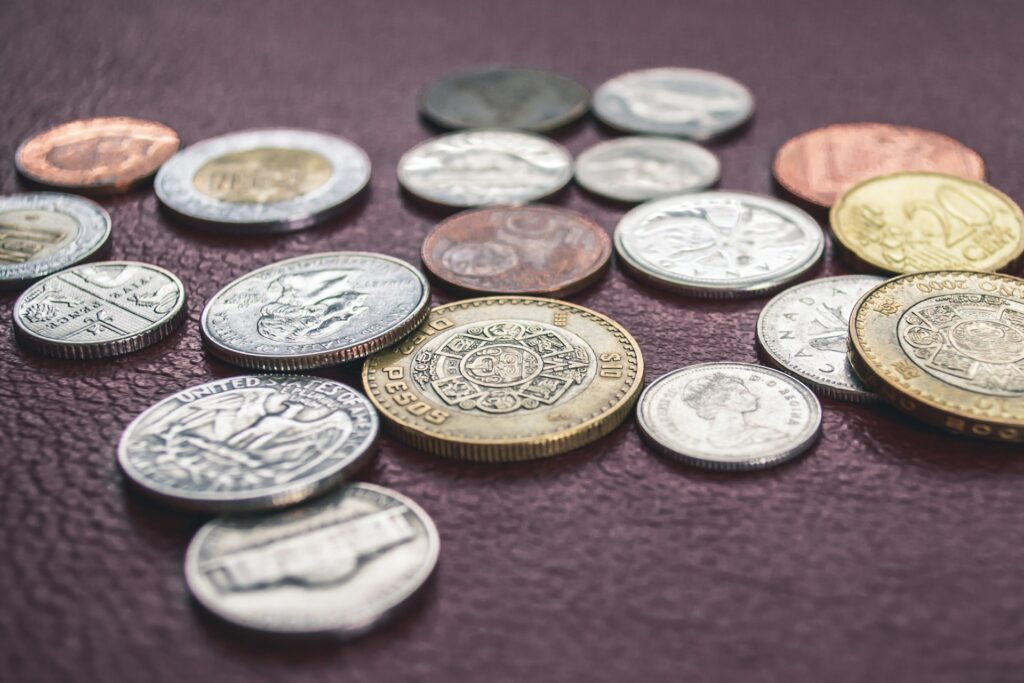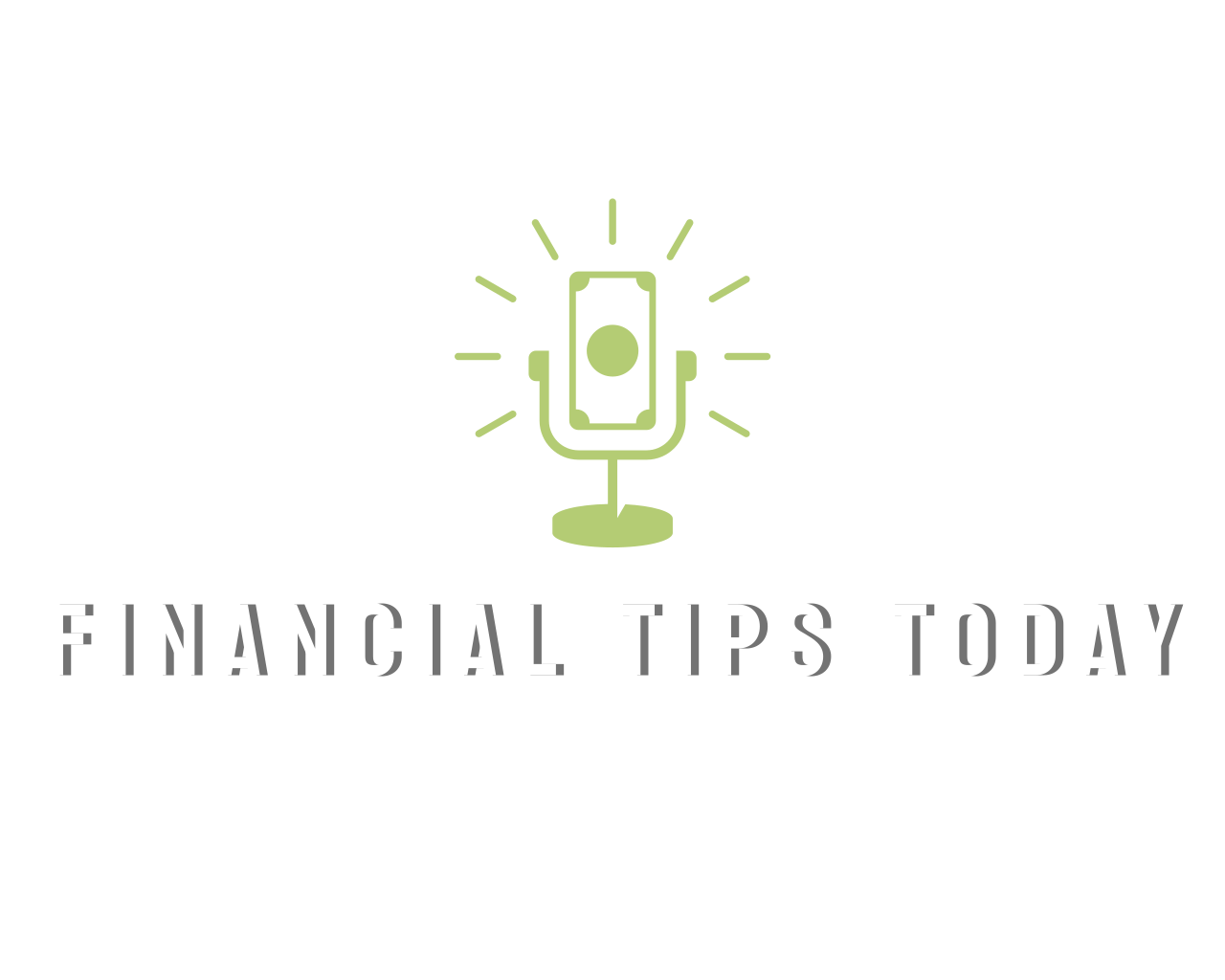Money, in its many forms, has a fascinating history filled with intriguing tidbits and facts. Here’s a comprehensive list of 50 little-known facts about money that showcase its peculiar history, evolution, and the quirks of modern finance:
- The first paper money was created in China during the Tang Dynasty.
- Ancient Romans used salt as currency, giving us the word “salary.”
- The first recorded use of a check dates back to the 9th century in Persia.
- The U.S. $2 bill is still in production and circulation today, contrary to popular belief.
- “Penny” comes from the Old English word “penning,” which meant a coin or money.
- The largest coin ever minted was a 1-ton Australian dollar coin.
- Sweden is considered the first European country to introduce banknotes in the 1660s.
- The concept of bankruptcy originated in ancient Italy, where money lenders broke their benches (banco rotto) when unable to conduct business.
- The first credit card was made of cardboard and issued by Diners Club in 1950.
- Zimbabwe once issued a 100 trillion Zimbabwean dollar note due to hyperinflation.
- In medieval England, squirrels’ pelts were sometimes used as currency.
- The first automated teller machine (ATM) was installed in London in 1967.
- Before coins and paper, large stones and even livestock were used as currency in various cultures.
- The U.S. Secret Service was originally established in 1865 to combat counterfeiting.
- The phrase “spending a penny” in British English comes from the historical cost of using a public toilet.
- Nearly 90% of U.S. dollar bills carry traces of cocaine, according to studies.
- The nickel was originally called a “half dime.”
- Monopoly money printing outpaces real money printing annually.
- The first known millionaire was Roman general and statesman Crassus.
- Ancient Spartans used heavy iron rods as currency to discourage theft and hoarding.

- Queen Elizabeth II is the most depicted individual on currencies worldwide.
- Norwegian banknotes have artwork that becomes visible under UV light.
- The Florentine florin, introduced in 1252, was among the first European gold coins.
- The phrase “filthy rich” originates from the wealthy literally having cleaner, less worn-out money.
- Canada has a $1 million gold coin that is legal tender.
- The first stock exchange was established in Amsterdam in 1602.
- The Brasher Doubloon, one of the first American gold coins, was struck in 1787.
- Ancient Chinese merchants used knife money, shaped like small knives, before coins.
- In 2016, India demonetized all 500 and 1000 rupee notes to combat corruption and illegal cash holdings.
- The design of a coin’s edge, known as “reeding,” was originally intended to prevent clipping or shaving.
- Counterfeiting money is as old as money itself, with ancient attempts to create fake coins.
- The “Dead Presidents” slang for money misleadingly includes Benjamin Franklin, who was never a president.
- The Euro is the second-largest reserve currency and the second-most traded currency in the world after the U.S. dollar.
- Early American colonists used tobacco as currency.
- The term “piggy bank” originates from the Old English word “pygg,” referring to a type of clay used for jars and dishes that held money.
- The first known lottery in history was organized by Roman Emperor Augustus Caesar for municipal repairs in Rome.
- “Minting” originally referred to the production of coins using a manual press.
- The first millionaire in the United States was John Jacob Astor, made wealthy by the fur trade.
- The Yap Islands used Rai stones, large limestone disks, as a form of high-value currency.
- The phrase “broke the bank” comes from casino gambling when a player wins more than the house has on hand.
- The first use of a banknote in Europe was in 1661 by Stockholms Banco, the precursor to the Bank of Sweden.
- In Scotland, banks issue their own banknotes, which are legal currency throughout the UK.
- Ancient Lydia (modern-day Turkey) is credited with creating the first gold and silver coins in the 7th century BC.
- The Chinese “flying cash” was an early form of promissory note from the Tang dynasty, allowing merchants to avoid carrying heavy coinage.
- Credit cards were originally made of celluloid, then metal, metal plates, and eventually plastic.
- Paper currency in Canada is made from a polymer, making it more durable and difficult to counterfeit than paper notes.
- During the 13th century, Marco Polo marveled at the Chinese use of paper money, which was not adopted in Europe for hundreds of years later.
- The concept of negative interest rates, where depositors pay to keep their money in the bank, was once considered theoretical but has been implemented in several countries.
- The first recorded instance of inflation occurred in ancient Rome, where the decrease in the silver content of coins led to price increases.
- The “Bureau of Engraving and Printing” in the United States is responsible for printing paper currency, while the U.S. Mint produces coins.
From the origins of currency in ancient civilizations to the modern complexities of digital transactions and economic policies, money continues to evolve, impacting nearly every aspect of human life. These 50 facts offer just a glimpse into the vast and multifaceted world of finance, revealing the depth and breadth of the story of money.
Discovering these lesser-known facts about money not only enriches our understanding of financial history but also highlights the innovations and challenges that have shaped the economic landscape over millennia. As we move forward, who knows what new chapters will be added to the fascinating story of currency?





 GOOGL
GOOGL  META
META
Leave a Comment